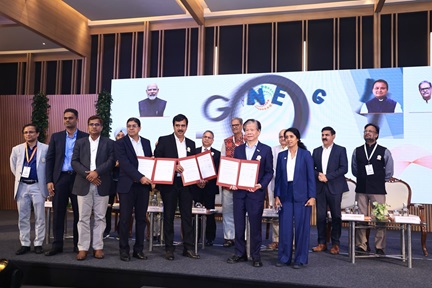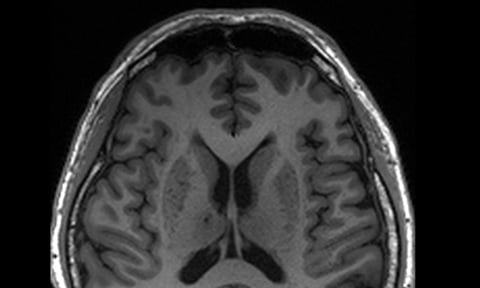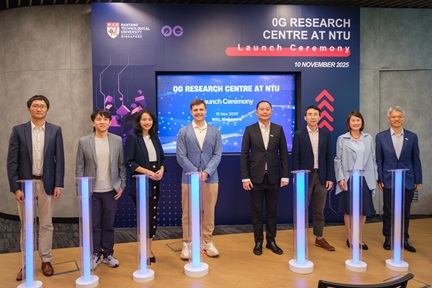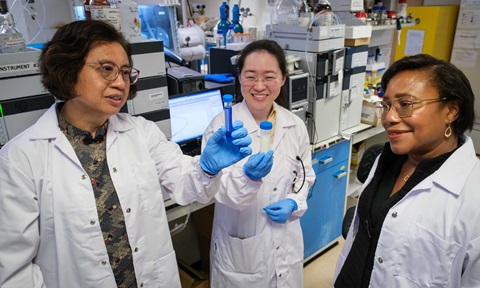Harmful gases could be detected on-the-spot with a new way to generate powerful lasers

Scientists led by NTU Singapore have developed a new method to generate intense and ultra-fast lasers that paves the way for making accurate devices that can speed up how quickly trace amounts or pollutants and hazardous gases can be sniffed out.
Currently, lasers comprising invisible light in the middle of the infrared range can be used to identify such gases within minutes. But the lasers need to be powerful and produced in ultra-fast spurts before they can be used in very sensitive devices to detect tiny quantities of a substance safely from a distance.
However, there are drawbacks in generating such lasers for now. For example, one technique restricts the use of the lasers to laboratories.
But these challenges are overcome by a new method from scientists led by NTU’s Nanyang Assistant Professor Chang Wonkeun. The research was published in Laser & Photonics Reviews.
The novel method produces bright and ultra-fast mid-infrared lasers by using optical fibres with hollow cores and specially adjusted sub-structures. It potentially allows the lasers to be used in devices in the field to identify trace amounts of unknown substances on the spot, without spending extra time sending samples to labs for testing.
Read more about this story on the NTU Research Hub.





.tmb-listing.jpg?Culture=en&sfvrsn=cfde9c58_1)

